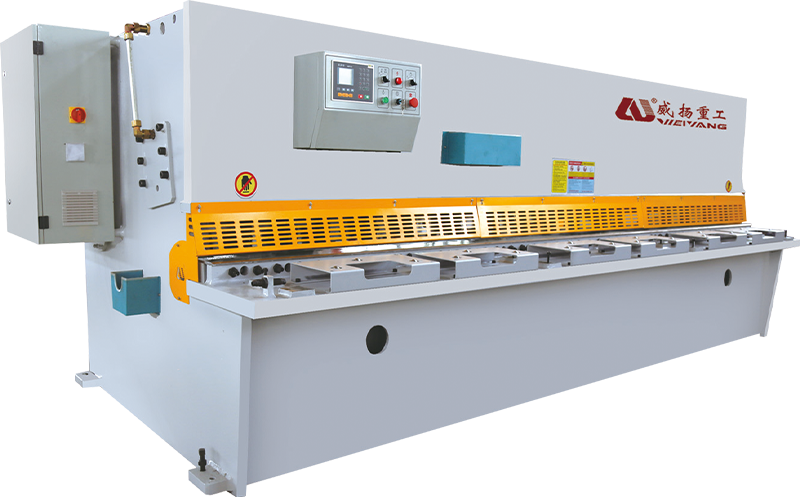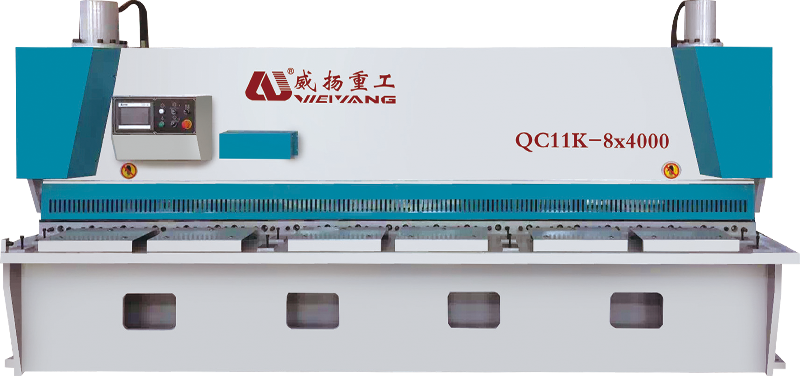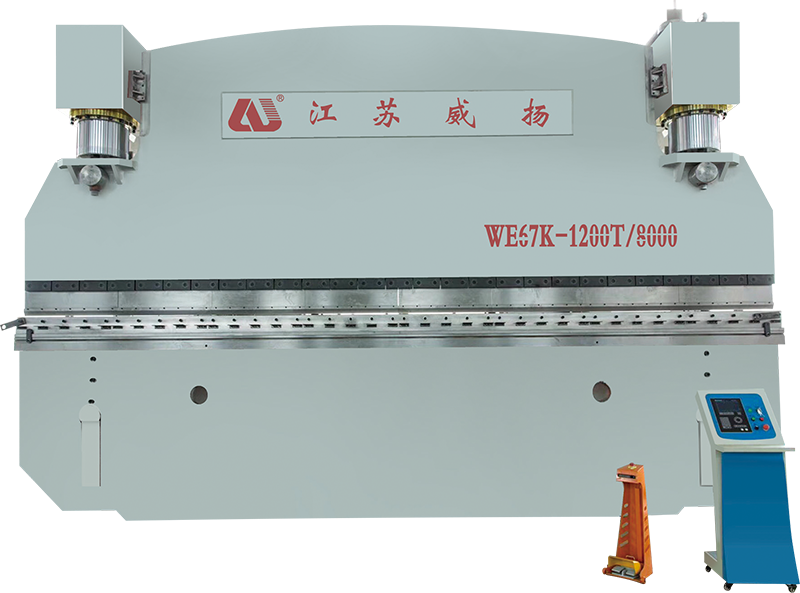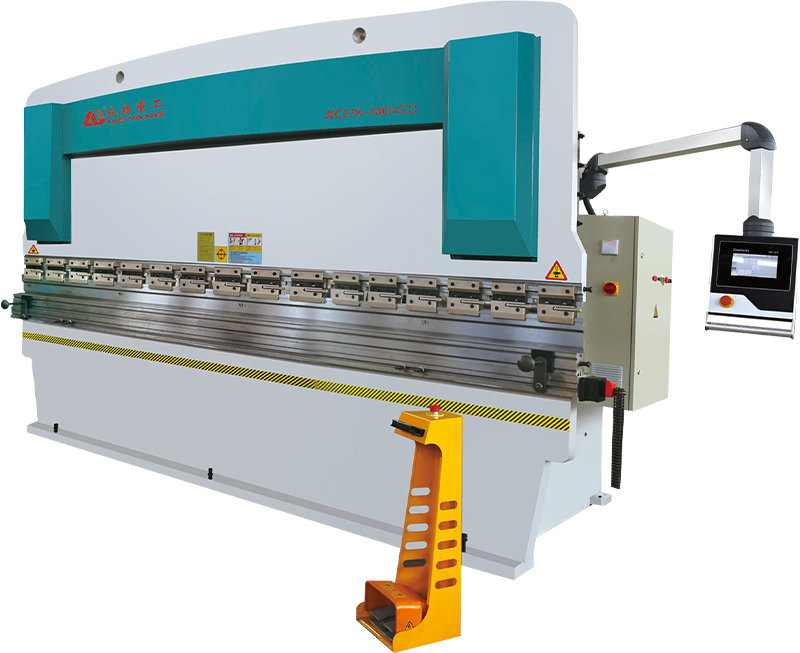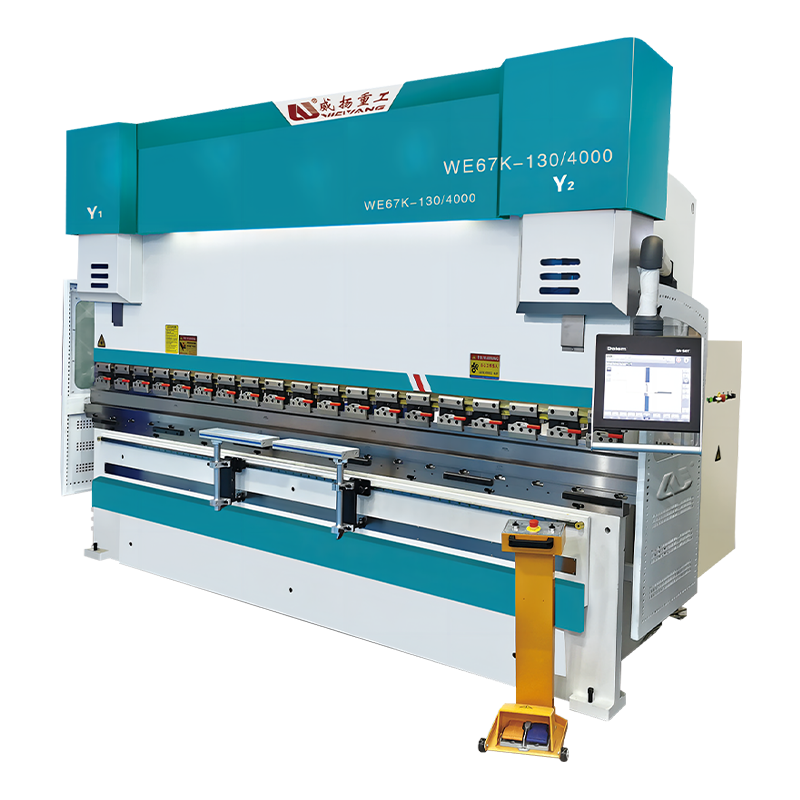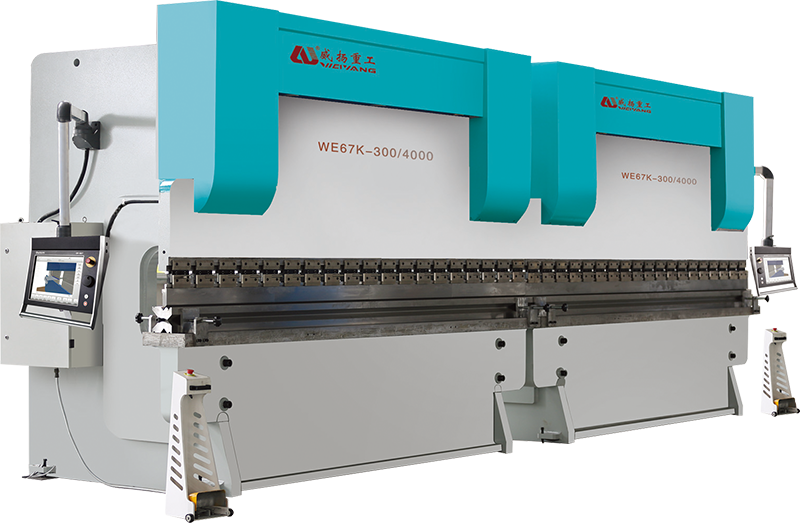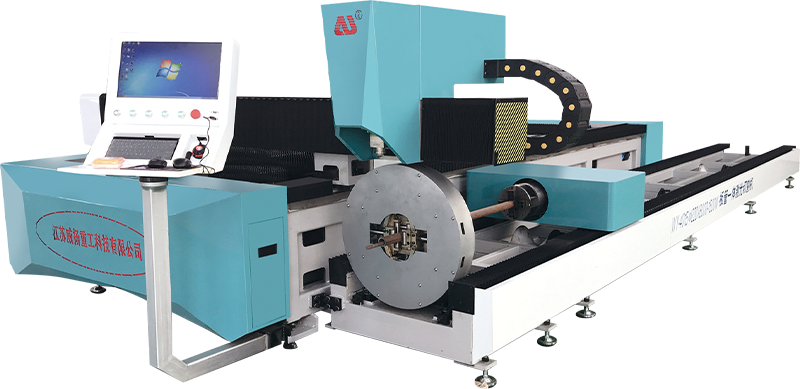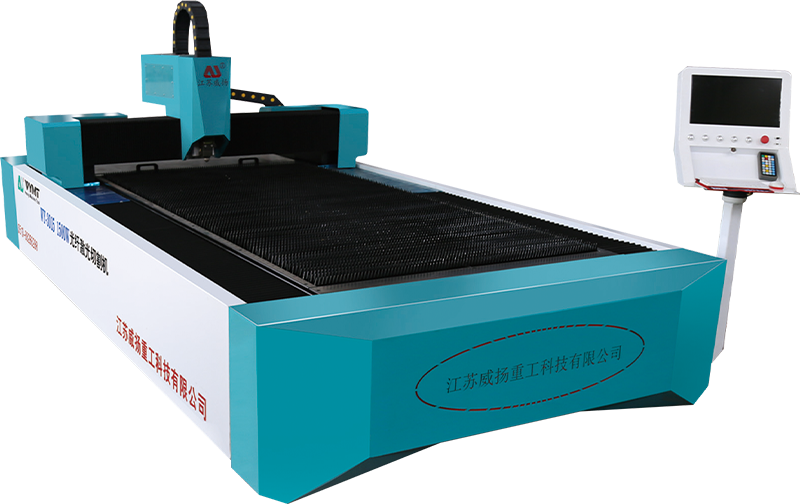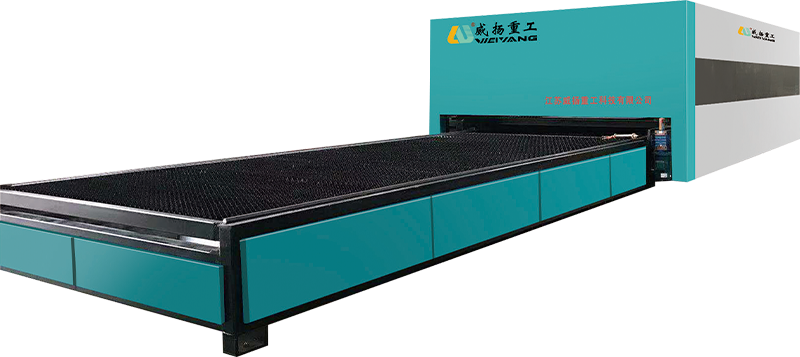How does the CNC Rolling Machine contribute to minimizing operator errors and improving overall safety in the workshop?
1. Automation of Operations
One of the most significant contributions of CNC Rolling Machine to error reduction is the automation of the entire rolling process. Unlike traditional manual rolling methods, where operators must make continuous adjustments and estimations, CNC Rolling Machine is pre-programmed with the specific parameters necessary for each operation. This automation reduces reliance on the operator’s experience or judgment, ensuring that each part is produced with consistent quality and accuracy. Key automation advantages include:
-
Precise Programming: The machine's control system allows operators to input exact measurements, such as material thickness, bend radius, and desired angle. Once these parameters are set, the CNC system handles the rest, ensuring that the final product adheres strictly to the prescribed specifications.
-
Consistency in Output: With automation, every piece processed by the machine is identical, meaning that there is no variation due to operator fatigue, inexperience, or oversight. The machine repeats the same process with perfect consistency, reducing defects and rework associated with manual operations.
This level of automation means that the machine is doing most of the critical work, reducing the opportunity for human error and ensuring that each part is precisely shaped according to the design.
2. Real-time Monitoring and Feedback
CNC Rolling Machines are equipped with sophisticated real-time monitoring systems that continuously track the machine's performance and provide immediate feedback to the operator. These monitoring systems detect potential problems before they escalate into serious issues, allowing for proactive intervention. Some of the key features include:
-
Load and Pressure Sensors: The system continuously measures the forces applied to the material during the rolling process. If an imbalance or deviation is detected, such as an overload or unusual bending force, the machine will alert the operator and automatically adjust the pressure to prevent damage to the material or the machine itself.
-
Material Quality Monitoring: In cases where the material properties change (e.g., thickness, density, or surface quality), the machine can detect these variations and inform the operator. This ensures that the material is consistently processed to specification, even if there are fluctuations in material quality or batch-to-batch inconsistencies.
-
Error Detection Systems: Advanced diagnostics allow the machine to perform self-checks, ensuring that all mechanical components are functioning correctly. If there is an issue, such as an impending mechanical failure, the system will notify the operator, reducing downtime and avoiding unsafe operating conditions.
Real-time feedback allows operators to correct minor issues before they become significant problems, maintaining safety and preventing material wastage or equipment damage.
3. Safety Interlocks and Emergency Stop Features
Safety is a top priority in any workshop environment, and CNC Rolling Machines are equipped with a variety of safety features designed to protect both operators and the machine itself. These features include:
-
Emergency Stop Buttons: In case of a malfunction or emergency, operators can immediately press the emergency stop button to halt the machine’s operation. This feature is crucial for preventing accidents in fast-paced environments where rapid reaction times are necessary.
-
Protective Barriers and Safety Guards: Most CNC Rolling Machines are fitted with physical barriers around the rolling section. These barriers are designed to prevent operators from coming into contact with the machine’s moving parts, thus reducing the risk of injury. Some machines also feature laser sensors that automatically shut down the machine if an operator or foreign object enters the safety zone.
-
Automatic Shutdown in Dangerous Conditions: Many CNC Rolling Machines are programmed to detect hazardous situations, such as excessive force or mechanical malfunctions. If the system detects a condition that could potentially harm the operator or the equipment, it automatically shuts down, preventing catastrophic failures.
These safety features provide an additional layer of protection, reducing the likelihood of accidents caused by human error or mechanical failure.
4. Precision in Control and Bending
One of the key benefits of using a CNC Rolling Machine is its ability to perform highly precise bending and rolling operations. Manual rolling often relies on the operator's skill and experience to control bending angles and dimensions, leading to inconsistencies and potential errors. With a CNC Rolling Machine, precision is guaranteed, which directly contributes to safety by eliminating unexpected results. Here’s how:
-
Automated Bending Adjustments: CNC Rolling Machines utilize precision-controlled motors and actuators to adjust the bending pressure, radius, and angle in real-time, ensuring that each bend adheres to the required specifications. This removes the need for manual recalibration, which can lead to human error.
-
Minimal Operator Interaction: Once the machine is set up, minimal operator interaction is needed, meaning there’s a reduced chance for mistakes during the actual bending process. The machine is able to maintain tight tolerances and consistent curves over long production runs.
The precision afforded by CNC technology is particularly important in industries where small tolerances are critical, such as aerospace, automotive, or construction. This contributes to both operational efficiency and safety, as it prevents the need for costly rework or material wastage.
5. Operator Training and Interface
Another safety feature of CNC Rolling Machines is their user-friendly interfaces that simplify the operation and reduce human error. CNC systems typically include:
-
Clear Visual Feedback: The control panels of CNC Rolling Machines offer intuitive displays that provide real-time data on the machine’s operations, including speed, force, and angle of the roll. These displays make it easy for operators to monitor the process, ensuring that settings remain within the required parameters.
-
On-screen Instructions and Alerts: Many systems provide step-by-step guides and prompts to help operators set up the machine properly. Alerts and warnings are displayed if the machine detects anything unusual, allowing operators to make adjustments before issues arise.
-
Reduced Complexity: The control system’s interface is designed to be user-friendly, with preset programs for common materials and bending operations. This minimizes the learning curve and makes it easier for operators to learn how to use the machine without extensive training.
By providing clear, easy-to-understand feedback and reducing the complexity of operations, the system helps operators avoid mistakes caused by confusion or lack of knowledge.





